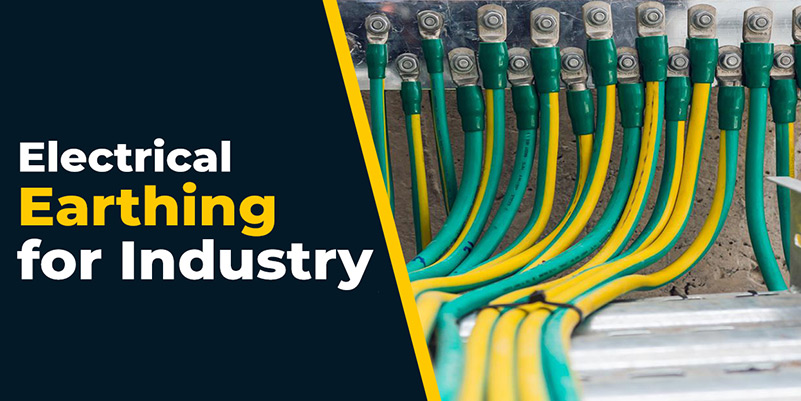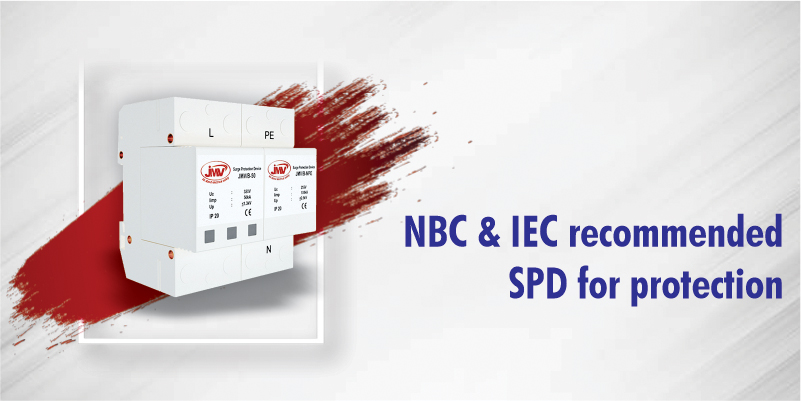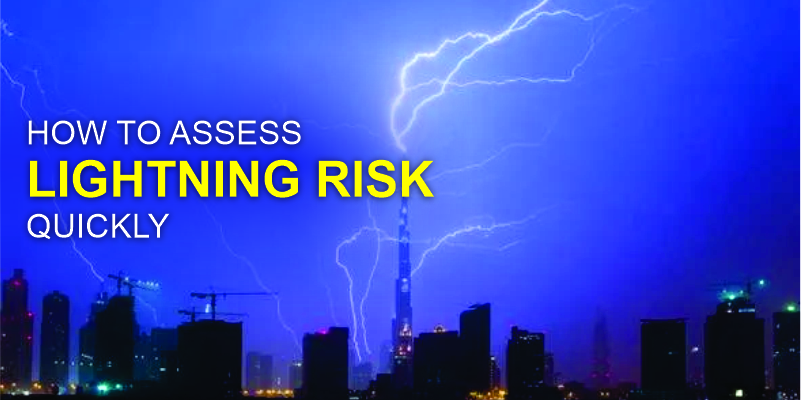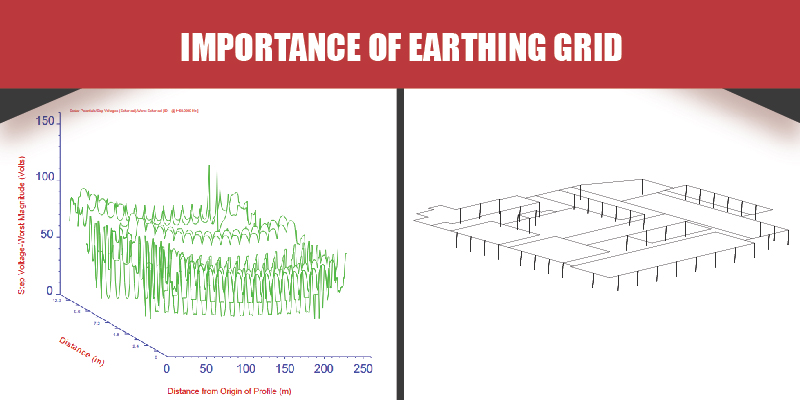
Electrical earthing is a critical aspect of industrial safety and plays a vital role in preventing electrical accidents and equipment damage. In India, where industrial growth is rapid and diverse, implementing effective earthing system is of utmost importance.
This blog aims to provide a detailed understanding of electrical earthing for industries in India, including its importance, types of earthing systems, relevant standards, and best practices.
Importance of Electrical Earthing in Industries:
1. Personnel Safety: Proper electrical earthing safeguards workers from electric shocks by providing a low resistance path for fault currents to flow into the ground.
2. Equipment Protection: Earthing systems protect electrical equipment from damage caused by electrical faults, lightning strikes, or transient voltage surges.
3. Fire Prevention: Effective earthing minimizes the risk of electrical fires by swiftly discharging fault currents and preventing excessive heat buildup.
4. Operational Continuity: Uninterrupted power supply is crucial for industrial operations. A well-designed earthing system reduces the chances of power disruptions and downtime.
Types of Electrical Earthing System:
1. Plate Earthing: It involves burying a copper or galvanized iron plate in the ground, connected to the equipment or electrical installation. Plate earthing is commonly used in industrial settings due to its reliability and suitability for high fault currents.
2. Pipe Earthing: This method employs a galvanized iron or steel pipe driven vertically into the ground. It provides a low resistance path for fault currents and is preferred in rocky terrains or where space is limited.
3. Rod Earthing: In rod earthing, a copper or galvanized iron rod is driven vertically into the ground. It is suitable for areas with good soil conductivity and is often used in combination with other earthing systems.
4. Earth Mat Earthing: This method utilizes a network of interconnected conductors buried beneath the earth's surface. Earth mat earthing is employed in industries where large fault currents are anticipated.
Relevant Standards for Electrical Earthing in India:
In India, electrical earthing systems for industries are guided by several standards, including:
1. Indian Electricity Rules (1956): These rules outline the general safety requirements for electrical installations, including earthing provisions.
2. IS 3043:2018: It is titled "Code of Practice for Earthing" and provides guidelines and requirements for the design and installation of earthing systems in electrical installations in India.
3. The NBC 2016 refers to the National Building Code of India. It is a comprehensive document that provides guidelines and regulations for the for the installation of earthing systems in electrical installations in India.
4. IEEE 80 is a widely recognized standard published by the Institute of Electrical and Electronics Engineers (IEEE). Titled "Guide for Safety in AC Substation Grounding," it provides comprehensive guidelines for the design, installation, and maintenance of grounding systems in AC electrical substations.
Related Post: Building Earthing
Best Practices for Electrical Earthing in Industries:
1. Compliance with Regulations: Ensure adherence to relevant electrical codes, standards, and regulations while designing, installing, and maintaining the earthing system.
2. Plan and design the electrical earthing system based on the specific requirements of the industrial facility. Consider factors such as fault current levels, soil resistivity, and equipment grounding requirements.
Utilize appropriate grounding electrodes based on the site conditions. Common types of electrodes include grounding rods, grounding plates, and grounding grids. Proper installation and connection of these electrodes are critical.
Aim for low resistance values in the earthing system to facilitate effective fault current dissipation. This is achieved through proper design, material selection, and installation techniques.
3. Regular Maintenance: Periodically inspect and maintain the earthing system to identify any damages, corrosion, or loose connections that might compromise its effectiveness.
4. Regularly inspect and maintain the electrical earthing system to ensure its continued effectiveness. This includes periodic testing of ground resistance, inspection of connections and conductors, and addressing any signs of corrosion or damage.
5. Employee Training: Educate personnel working with electrical systems about the importance of electrical earthing and safe practices. Ensure they understand the hazards associated with improper earthing and the proper procedures to follow.
6. Documentation: Maintain accurate records of the earthing system design, installation, testing, and maintenance activities. This documentation can be useful for future reference, troubleshooting, and compliance purposes.
Electrical earthing is a crucial aspect of industrial safety in India. By implementing effective earthing systems, industries can protect personnel, equipment, and ensure uninterrupted operations.
Understanding the importance of electrical earthing, various earthing system options, complying with relevant standards, and following best practices will contribute to a safe and reliable electrical infrastructure for industries across the country.



